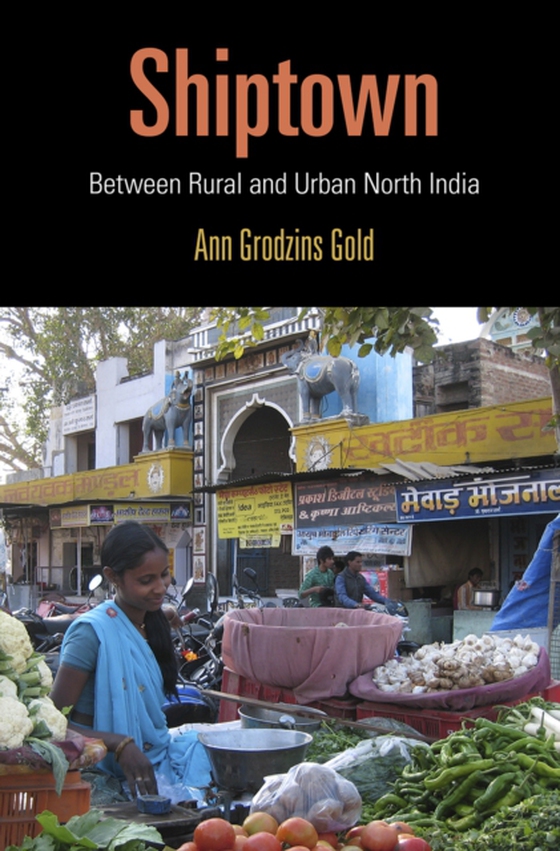
Shiptown e-bog
329,95 DKK
(inkl. moms 412,44 DKK)
Jahazpur is a small market town or qasba with a diverse population of more than 20,000 people located in Bhilwara District in the North Indian state of Rajasthan. With roots deep in history and legend, Shiptown (a literal translation of landlocked Jahazpur's name) today is a subdistrict headquarters and thus a regional hub for government services unavailable in villages. Rural and town lives ha...
E-bog
329,95 DKK
Udgivet
27 april 2017
Længde
346 sider
Genrer
Anthropology
Sprog
English
Format
epub
Beskyttelse
LCP
ISBN
9780812294125
Jahazpur is a small market town or qasba with a diverse population of more than 20,000 people located in Bhilwara District in the North Indian state of Rajasthan. With roots deep in history and legend, Shiptown (a literal translation of landlocked Jahazpur's name) today is a subdistrict headquarters and thus a regional hub for government services unavailable in villages. Rural and town lives have long intersected in Shiptown's market streets, which are crammed with shopping opportunities, many designed to allure village customers. Temples, mosques, and shrines attract Hindus and Muslims from nearby areas. In the town's densely settled centerstill partially walled, with arched gateways intactmany neighborhoods remain segregated by hereditary birth group. By contrast, in some newer, more spacious residential areas outside the walls, persons of distinct communities and religions live as neighbors. Throughout Jahazpur municipality a peaceful pluralism normally prevails.Ann Grodzins Gold lived in Santosh Nagar, the oldest of Shiptown's new settlements, for ten months, recording interviews and participating in festival, ritual, and social eventspublic and private, religious and secular. While engaged with contemporary scholarship, Shiptown is moored in the everyday lives of the town's residents, and each chapter has at its center a specific node of Jahazpur experience. Gold seeks to portray how neighborly relations are forged and endure across lines of difference; how ancient hierarchical social structures shift in major ways while never exactly disappearing; how in spite of pervasive conservative family values, gender roles are transforming rapidly and radically; how environmental deterioration affects not only public health but individual hearts, inspiring activism; and how commerce and morality keep uneasy company. She sustains a conviction that, even in the globalized present, local experiences are significant, and that anthropologythat most intimate and poetic of the social sciencescontinues to foster productive conversations among human beings.
 Dansk
Dansk

